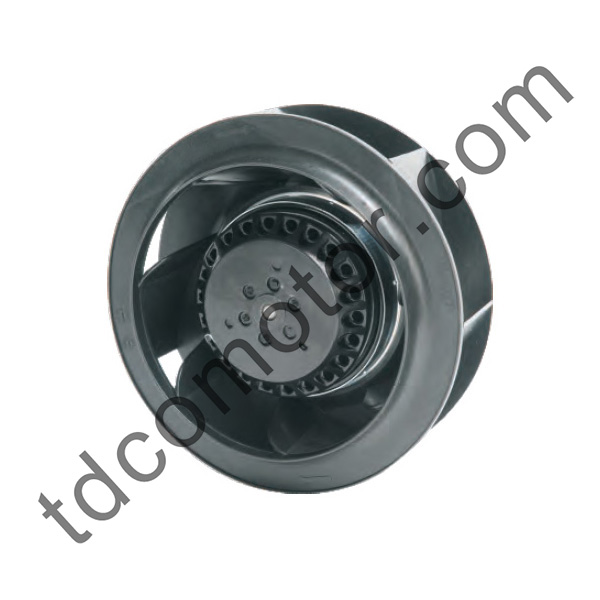What is a centrifugal fan?
2023-10-16
A centrifugal fan, also known as a centrifugal blower, is a mechanical device used to move air or other gases in various applications. It operates on the principle of centrifugal force to generate airflow. Centrifugal fans are widely used in HVAC systems, industrial processes, ventilation systems, and many other applications where air movement or ventilation is required.
Here are the key components and functions of a centrifugal fan:
1. Impeller: The impeller is the rotating component of the centrifugal fan. It consists of a series of blades or vanes that are mounted on a central hub. As the impeller rotates, it draws in air or gas from the inlet side and accelerates it outward towards the outlet.
2. Inlet: The inlet is the opening through which air or gas enters the centrifugal fan. It is designed to direct the airflow into the impeller, ensuring efficient intake.
3. Housing or Casing: The housing or casing surrounds the impeller and provides a path for the airflow. It is designed to direct the air from the impeller to the outlet while minimizing air leakage.
4. Outlet: The outlet is the opening through which the accelerated air or gas is discharged from the centrifugal fan. It is usually positioned at a right angle to the inlet and is often connected to a duct or ventilation system.
5. Motor: The motor provides the power to rotate the impeller. It can be an electric motor or an engine, depending on the application and the size of the centrifugal fan.
6. Centrifugal Force: As the impeller rotates, centrifugal force is generated due to the change in direction of the airflow. This centrifugal force pushes the air or gas towards the outer edges of the impeller blades and then into the housing, creating a pressure difference and generating airflow.
7. Airflow Control: Centrifugal fans can be designed with various configurations and control mechanisms to regulate the airflow. This can include adjustable vanes or dampers that can be used to modify the flow rate or pressure.
Centrifugal fans are known for their ability to generate high pressures and handle large volumes of air or gas. They are versatile, reliable, and used in a wide range of applications such as ventilation systems in buildings, cooling and exhaust systems in industrial processes, air conditioning systems, and more. The specific design, size, and performance characteristics of a centrifugal fan can vary based on the intended application and operating conditions.



